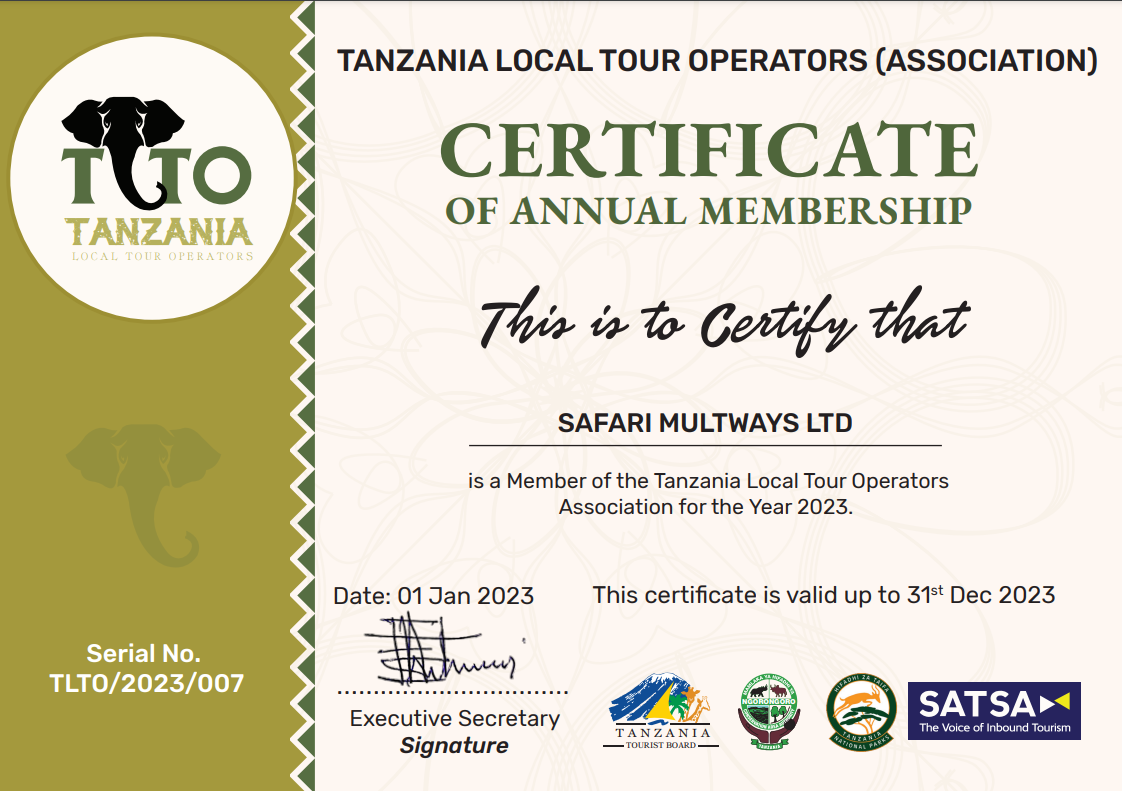Unraveling the Mystery Behind Serengeti National Park’s Boundary Alterations
Decoding the Enigma: Serengeti National Park’s Boundary Alterations
Serengeti National Park, located in Tanzania, is renowned for its vast plains teeming with wildlife, including the annual migration of millions of wildebeest and zebra. However, in recent years, the park’s boundaries have come under scrutiny due to alterations that have left many conservationists and wildlife enthusiasts puzzled.
Uncovering the Secrets: A Closer Look at Serengeti National Park’s Boundary Changes
The Serengeti National Park was first established in 1951 to protect the region’s diverse ecosystem and wildlife. Over the years, the park’s boundaries have undergone several alterations, with the most notable changes occurring in recent years. These alterations have sparked controversy and debate among conservationists, government officials, and local communities.
One of the most significant boundary alterations took place in 2010 when the Tanzanian government proposed to build a highway through the northern part of the park. The proposed highway, known as the Serengeti Highway, was intended to improve transportation and infrastructure in the region. However, conservationists raised concerns about the potential impacts of the highway on the park’s wildlife and ecosystem.
The controversy surrounding the Serengeti Highway led to a heated debate, with environmentalists arguing that the construction of the highway would disrupt the annual migration of wildebeest and zebra, which is a key attraction for tourists visiting the park. In response to the outcry, the Tanzanian government eventually abandoned the plans to build the highway through the park, opting instead to pursue alternative routes outside of the park boundaries.
Despite the resolution of the Serengeti Highway controversy, concerns about boundary alterations in the park persist. In recent years, there have been reports of encroachment on the park’s borders by local communities and commercial entities, leading to habitat destruction and wildlife displacement. Conservationists warn that these encroachments could have lasting impacts on the park’s ecosystem and biodiversity.
To address these challenges, efforts are underway to strengthen conservation measures and protect the integrity of Serengeti National Park’s boundaries. This includes working closely with local communities to promote sustainable land use practices and mitigate human-wildlife conflicts. Additionally, ongoing research and monitoring initiatives are helping to track changes in the park’s boundaries and assess their impacts on the ecosystem.
In unraveling the mystery behind Serengeti National Park’s boundary alterations, it is clear that the protection and preservation of this iconic landscape require a collaborative and multi-faceted approach. By working together to address the challenges facing the park, we can ensure that future generations continue to be inspired by the beauty and biodiversity of the Serengeti.



